Antigel - a moving showcase for Genevan culture
By the time the Antigel festival ends on 19 February, the 104 shows will have been staged in 22 communes across the canton. The mobile festival, which attracts growing audiences every year, offers an enticing and provocative mix of original events and unusual venues.
The 7th edition of the Antigel festival is in full swing, confirming the success of its original formula. Was it whilst treading the banks of the Rhône that Eric Linder, otherwise known as the artist Polar and former middle distance champion, came up with the idea of a multifaceted event drawing on his own multidisciplinary background? Did the intoxicating views of the river inspire Linder, a native of the Swiss town of Onex, to move away from the traditional centres of culture? Either way, he has never looked back: every year, Antigel, with its trailblazing and talent-packed programme, brightens up the winter for Geneva's residents and has secured its place on the European festival calendar.
A new vision
The Geneva region is constantly evolving and developing. And as in many other European cities, demographic growth, mobility and urban planning are recurrent themes of debate. Such challenges also raise the question of what role culture plays in redefining the city. To reflect these changes, Antigel fanned out over a wide area from the outset. And ever since, the festival has been extending its network and inviting local partners and artists to get involved. Quirky locations are taken over to host the festival's guest artists or bespoke creations by the Made in Antigel label. Audiences are delighted to discover these hidden cultural gems and visitor numbers are growing every year. The festival poses a constant logistical challenge, which new subsidies have helped to tackle. This recognition proves that culture goes beyond entertainment and maintains the essential yet fragile link between the concerns of local inhabitants, cantonal policies and private initiatives.
A diverse and vibrant programme
Antigel's programme rips up the rule book. This year's event features choreographer Maguy Marin, who will complete the tour of his pioneering show, Umwelt.
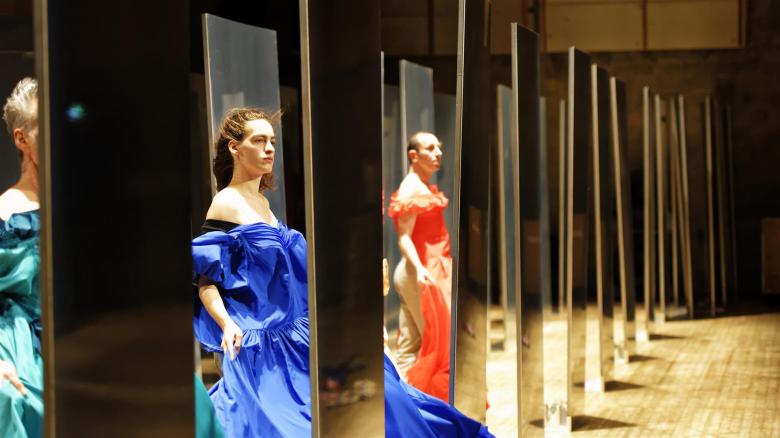
© Herve Deroo
Meanwhile, the Kronos Quartet are jetting in from San Francisco especially to treat audiences to the very best of contemporary classical music at the distinguished Victoria Hall.
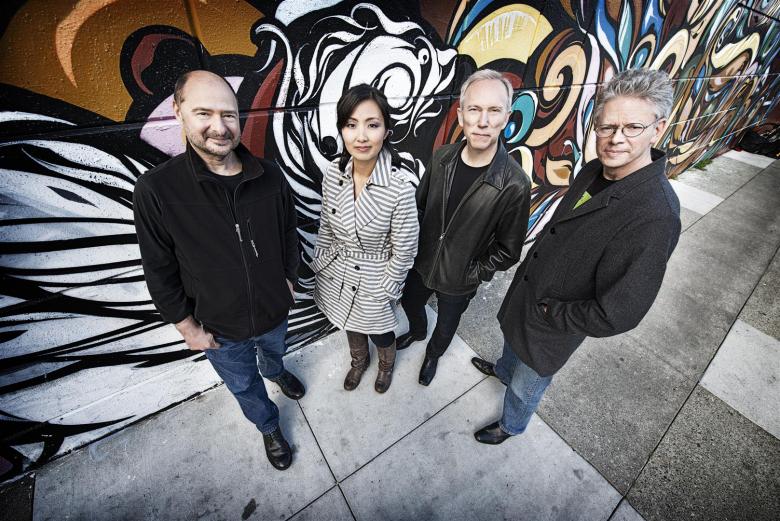
Fans of Berlin techno can make their way to Vernier to listen to the trio Moderat a few kilometres from Geneva, while the Grand Central, the festival's dance floor located on industrial wasteland, will play host to trailblazers of American hip hop. The Monstrous Parade, a 'Made in Antigel' fancy-dress project, will celebrate budding artists as youth clubs and community centres revisit the carnival tradition in Meyrin on 4 February.
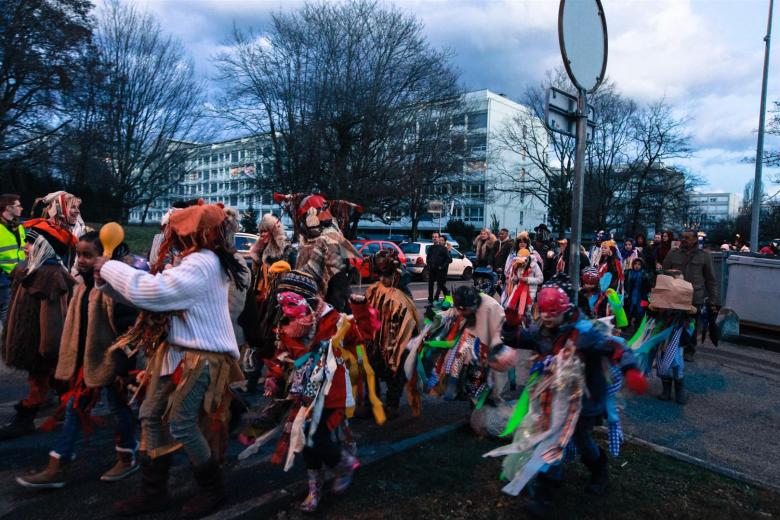
Also under the 'Made in Antigel' label, Very Bat Trip will take audiences into the underground labyrinth of a mushroom farm. Exclusively this year, the Swiss Contemporary Dance Days will provide an insight into the local cultural scene. "Essentially we appreciate artists who shake things up and breathe new life into Swiss creativity," explains Eric Linder citing the example of Geneva-based duo, Hyperculte.
Joining up the disciplines
The Antigel lineup, which features both Swiss talents and internationally renowned artists, is above all a reflection of its times. Its audiences are modern city dwellers. They do sport in the morning and want to broaden their minds in the evening. They enjoy the good things in life but are concerned about the environment. To reflect these habits, Antigel offers combined activities, such as a night-time run with musical accompaniment, a folk festival with a menu of local culinary specialities and a yoga sound system session. Antigel's signature strategy is good for everyone: "You have to be creative because these days festival-goers have high expectations. Offering cultural activities with added value – tastings, sporting events, flea markets – sparks curiosity and encourages people to take the bus on a Tuesday evening to discover an unknown artist in an unexpected venue." Creating new links between people's habits is what Antigel does best, bringing together local resources and international stars.
Symbolic locations
A night-time audio walk in the forest, electro parties at a thermal bath, a roller disco in a disused railway building, a Chinese new year celebration in a recycling factory, a soul concert in an airport terminal...

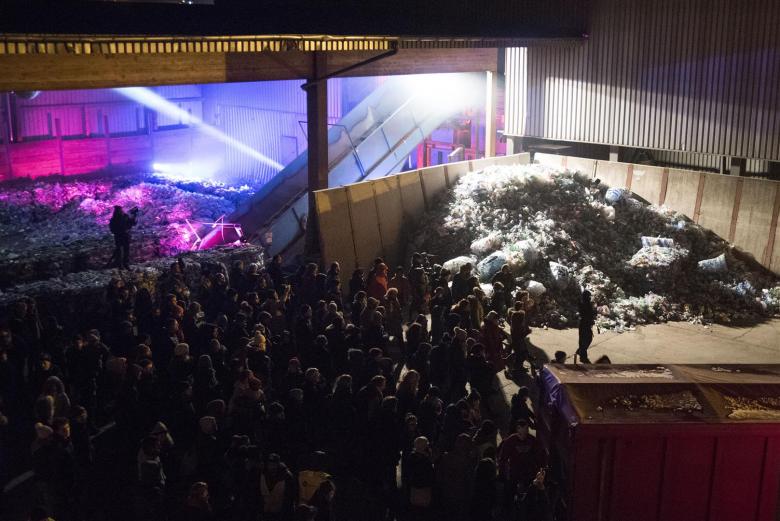
Every year, the Antigel team embarks on a veritable journey of discovery to unearth these exceptional locations. However, the event is focused on one common space, the Grand Central. Located in a railway tower in the Pont Rouge area, it is a meeting place, eye-catchingly decorated by pop artist Camille Walala, and houses the festival's late-night events, as well as a restaurant, pop-up food stalls, a second-hand record sale and concerts.
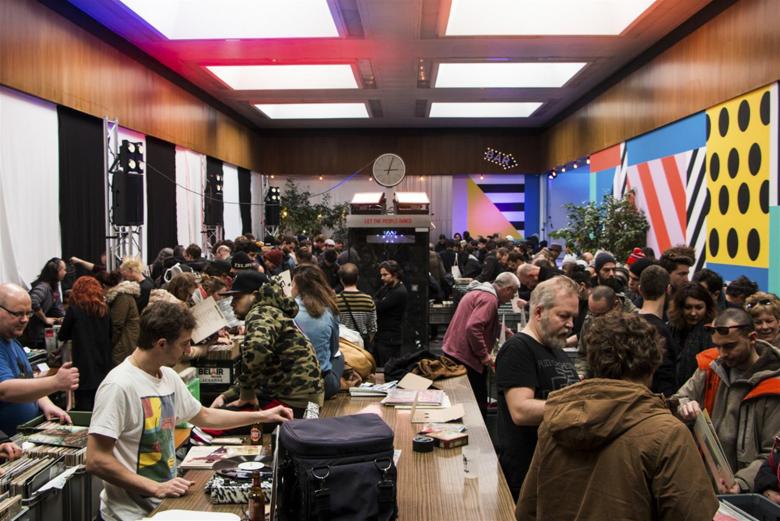
In 2016, 16,000 festival-goers braved the distance and the cold to gather in this vibrant venue. The venue has symbolic significance, as Eric Linder explains: "The Grand Central is at the heart of the 'PAV', Geneva's giant urban development project. The tower is to be demolished, but we're proud to represent culture and the related challenges to developers and politicians shaping the city's future."
The festival's international links
The experts are clear on one thing: the Antigel festival continues to see exponential growth. In the press review for the 2016 edition, many of the 550 pages were filled with credits and acknowledgements from German-speaking and international media. The scheduling of this year's festival is fortunate in that it coincides with a key promotional platform, the Swiss Contemporary Dance Days, which will take place within the scope of the festival. To mark the occasion, Antigel – which always places great emphasis on dance – will run for an extra week. "300 international programmers will come to Geneva for the occasion. This is an exceptional opportunity to introduce them to the festival and to grow our network abroad. " Let's hope they're in for some nice surprises.
By Salomé Kiner

